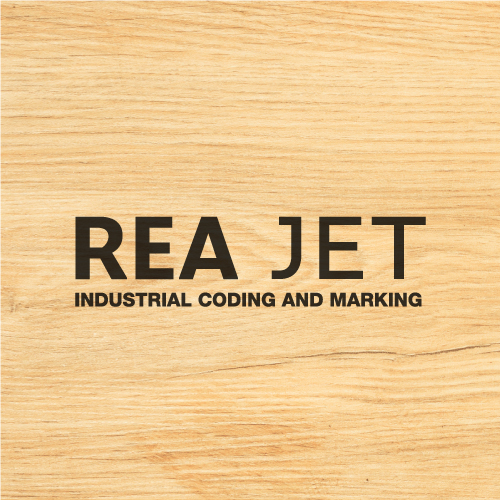
Graphic Design for Architects
When we think of architecture, the first images that come to mind are usually grand buildings and intricate blueprints.
However, there’s an often overlooked but equally key element that bridges the gap between vision and reality: graphic design for architects.
Graphic design plays a significant role in the field of architecture and can be applied in various aspects of an architect’s work.
This is especially true in vibrant urban areas like Midtown Atlanta, where innovative architectural designs demand equally compelling presentations.
What is the Role of Graphic Design in Architecture?
Making Visual Communication Clearer
Graphic design plays a big part in architecture by making visual communication clearer.
Architects use graphic design to create presentations that effectively convey their ideas to clients, stakeholders, and construction teams.
This includes making diagrams, renderings, and layouts that show the project’s concept and details in a straightforward way.
Building a Strong Brand
Architects need branding, too, so they can get hired.
Consistent visuals, like logos, business cards, brochures, and websites, help create a recognizable and trustworthy brand presence.
This consistency makes it easier for potential clients to remember and identify the firm.
Improving User Experience
Good graphic design makes user experience better in architectural projects.
This can be seen in the design of signs, wayfinding systems, and informational graphics within buildings and public spaces.
Effective graphic design makes sure these elements are both attractive and functional.
How Can Architects Benefit from Learning Graphic Design?
Better Presentation Skills
Architects who learn graphic design can create more polished and professional presentations.
High-quality visuals can make a big difference in how ideas are received by clients and stakeholders.
Good presentations can help win projects and secure funding by clearly showing the architect’s vision and expertise.
More Creative Control
Learning graphic design gives architects more creative control over their projects.
They can make sure every visual element aligns with their overall design philosophy and project goals.
This control extends to marketing materials, helping architects maintain a consistent brand image across all platforms.
Saving Money
By learning graphic design, architects can cut down on the need to outsource design work.
This not only saves money but also means the work is done exactly to their specifications.
Having in-house graphic design skills can lead to faster project completions and more cohesive visual communications.
What are the Key Principles of Graphic Design that Architects Should Know?
Balance and Alignment
Balance and alignment are fundamental principles of graphic design and are just as important in architecture.
Balance involves distributing visual elements evenly, which can be symmetrical or asymmetrical.
Alignment ensures that elements are placed in a way that leads the viewer’s eye and creates a cohesive structure.
Architects can use these principles to create harmonious and visually appealing designs.
Contrast and Hierarchy
Contrast and hierarchy help draw attention to the most important parts of a design.
Contrast can be created through differences in color, size, shape, and texture, making certain elements stand out.
Hierarchy organizes elements so the most important information is easily noticeable.
In architectural presentations, these principles help highlight key features and guide the viewer through the design narrative.
Typography
Typography is the art of arranging text in a visually appealing way.
For architects, choosing the right fonts and text arrangements can significantly impact how their written content is perceived.
Clear and legible typography makes important information easy to read and understand.
Color Theory
Understanding color theory is essential for both graphic designers and architects.
Colors can evoke emotions, convey messages, and create a sense of unity within a design.
Architects can use color theory to choose color schemes that add to the aesthetic appeal of their projects and communicate specific moods or themes.
Composition and Layout
Composition and layout involve arranging visual elements on a page or screen.
Good composition directs the viewer’s eye and creates a logical flow of information.
Architects can apply these principles to create visually organized and engaging presentations, making sure their ideas are communicated clearly and effectively.
Implementing Graphic Design in Architectural Practice
Getting to Know the Right Software
To effectively bring graphic design into architectural practice, architects should get to know design software like Adobe Photoshop, Illustrator, and InDesign.
These tools allow for the creation of high-quality graphics and layouts, enhancing the overall presentation of architectural projects.
Keep Learning and Practicing
As with any skill, continuous learning and practice are important.
Architects should stay updated on the latest graphic design trends and techniques.
Attending workshops, taking online courses, and experimenting with different design approaches can help architects refine their graphic design skills.
Working with Graphic Designers
While learning graphic design is beneficial, working with professional graphic designers can also improve an architect’s work.
Graphic designers bring a specialized skill set and can offer valuable insights and creative solutions.
Collaboration can lead to more innovative and visually compelling architectural presentations.
At The End Of The Day
Understanding and applying graphic design principles can turn your presentations from good to great, giving you the edge in client meetings and project pitches.
It’s not just about making things look pretty.
It’s about clear, effective communication.
At MOCK, the agency, we believe in the power of great design, whether it’s for architecture, graphic design for nonprofits, or even interiors.
We’re all about combining creativity with efficiency and a touch of humor to keep things interesting.






